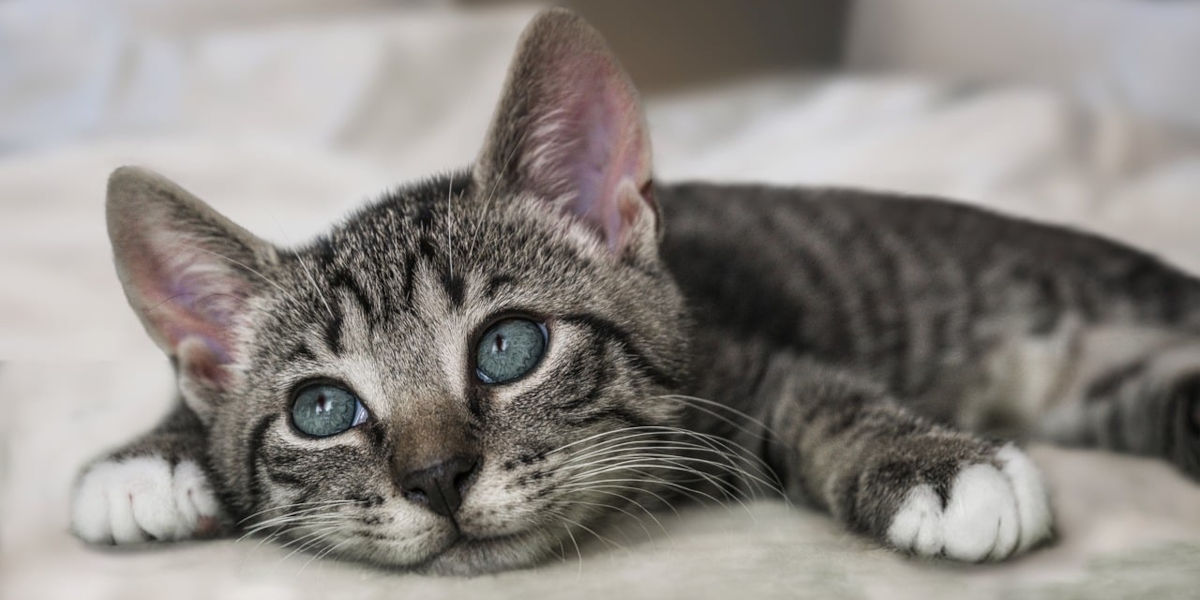As a proud cat owner or someone with a newfound curiosity about felines, you've probably once asked yourself, "Why do cats purr?" Beyond their soft and distinctive purring sounds, cats possess an extraordinary language that many of us are yet to fully comprehend. Welcome to the fascinating world of understanding feline communication, all shared through the power of a purr.
The Mysterious Science of Cat Purring
In stretching our curiosity about the feline world, it's fitting that we delve into the science of cat purring before we tackle its semantics. Various researches have suggested that the unique purring sound produced by cats is derived from their vocal cords. During both inhalation and exhalation, the air hits the vibrating muscles within their larynx, thus creating those comforting rhythms that we interpret as purring.
However, this is just a mere hint of the complexity within this field of research. For instance, it's truly remarkable that cats possess an almost 'therapeutic' purr, which ranges between 20-140 Hertz. It's fascinating to note that frequencies within this particular range are capable of promoting healing, particularly for bone-related injuries. This could perhaps explain the feline species' remarkable recovery speed in comparison to other animals.
Why Do Cats Purr: Unraveling the Mysteries
Moving on from the scientific perspective, you may still wonder, why do cats purr? It's a commonly held misconception that cats purr solely when they feel content. Although this might often be the case, a cat’s purr can also suggest a variety of other emotions or conditions. This might be anything from stress and fear to excitement or the indication of an ongoing injury or illness.
Understanding feline communication hence requires one to look beyond the surface. For instance, a purring cat on your lap is likely a content one, while the one purring at the vet's office might be under stress or discomfort. It's about reading the context and interpreting their body language along with the purr.
It's important to remember that every cat is unique and there can be variations in their language. But by taking the time to understand the signals they're sending us, we can get even closer to our feline friends and understand them beyond their fluffy allure.
Unlocking Feline Linguistics: Recognizing Purr behaviors
As much as we wish to simply ask our feline companions what they mean with their sundry purrs, it requires a more involved investigation on our part to comprehend their rich, puzzling language. Predominantly, most researchers agree that different purrs convey different messages and feelings, and being able to distinguish between them is vital in understanding your cat’s overall emotional and physical well-being.
The more you observe and interact with a cat, the more you start to identify their subtleties in their purring communication. The frequency, intensity, behavior, timing, and situational context of a purr all offer insightful clues about what the cat might be attempting to communicate.
The Contentment Purr
A feline's purr is often linked with a state of contentment and peace. When your cat is happily curled up on your lap or enjoying a delightful petting session, the purr emitted will likely be a soft and rhythmic hum. This is the purr of a satisfied cat; it’s rhythmic and relaxing, often putting humans at ease as well.
The Attention-Seeking Purr
Cats aren't always as aloof as they seem and can purr to get your attention. This type of purr might include slight variations such as a high-frequency chirp or trill integrated into the purr, which serves to catch your attention. It may mean your cat is hungry or wants you to follow them to something they want or need.
The Distress or Discomfort Purr
Cats can also purr when they're distressed or in pain. The so-called 'solicitation purr' is designed to be more audibly prominent and less soothing, often made with an underlying crying sound. This is a cat's way of signaling that it needs help. If your cat's purr sounds unusual and their behavior matches, it may be worth a trip to the veterinarian to rule out any potential health issues.
The Healing Purr
Research suggests that cats also employ purring as a healing mechanism. The frequency of a cat's 'healing purr' is between 25 and 150 Hertz, which is a range known to promote tissue regeneration and healing in bones and organs.
Conclusion
Purring is one of the many ways cats communicate with humans and other cats. It serves a plethora of functions ranging from expressing contentment and attracting attention, to self-soothing and healing. The key to understanding your cat's purr lies in observing their behavior, noting the circumstances when they purr, and alteations in their typical purring pattern. Continuing to develop your fluency in "purr-speak" will surely deepen your bond with your feline friend.




